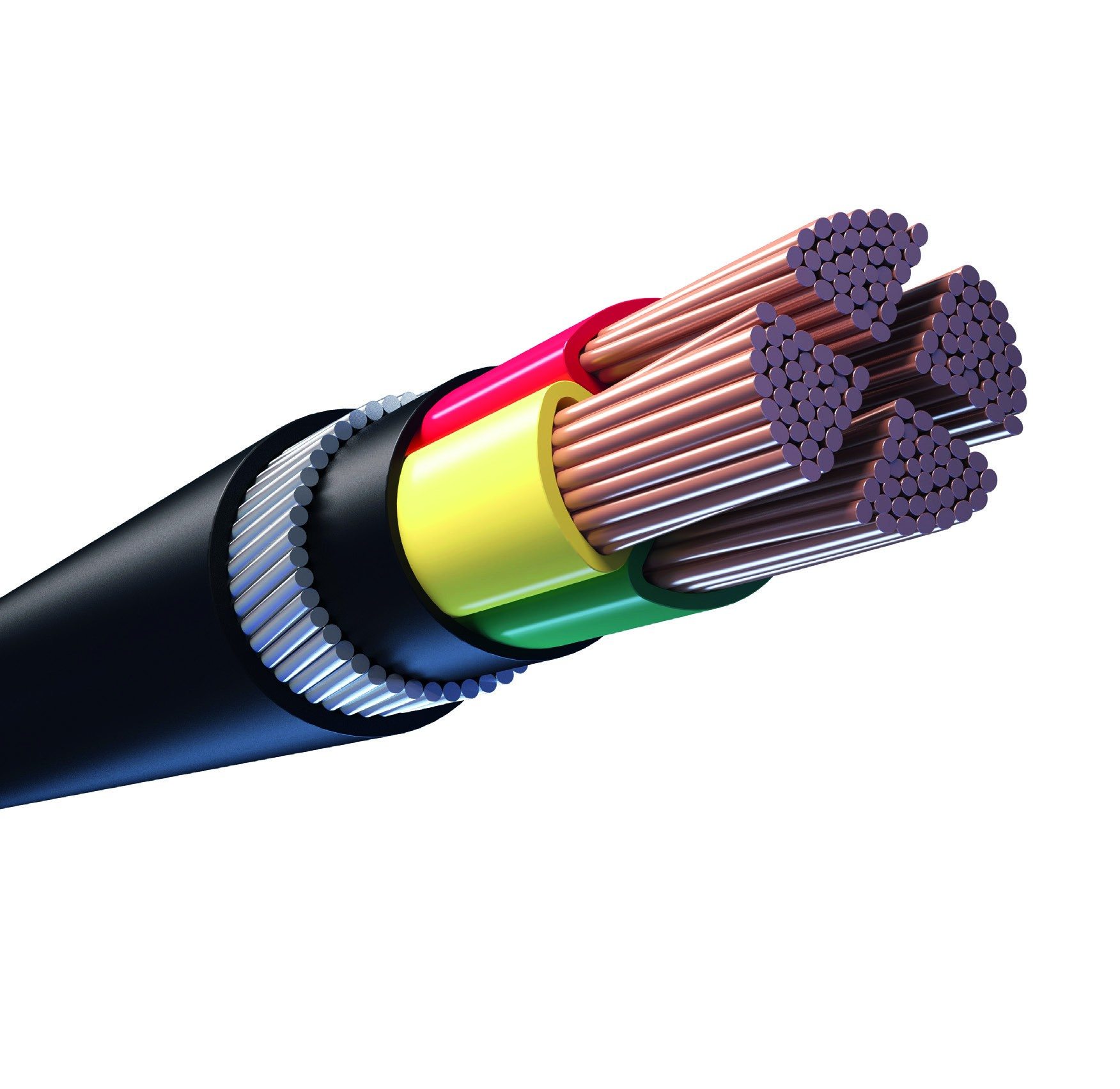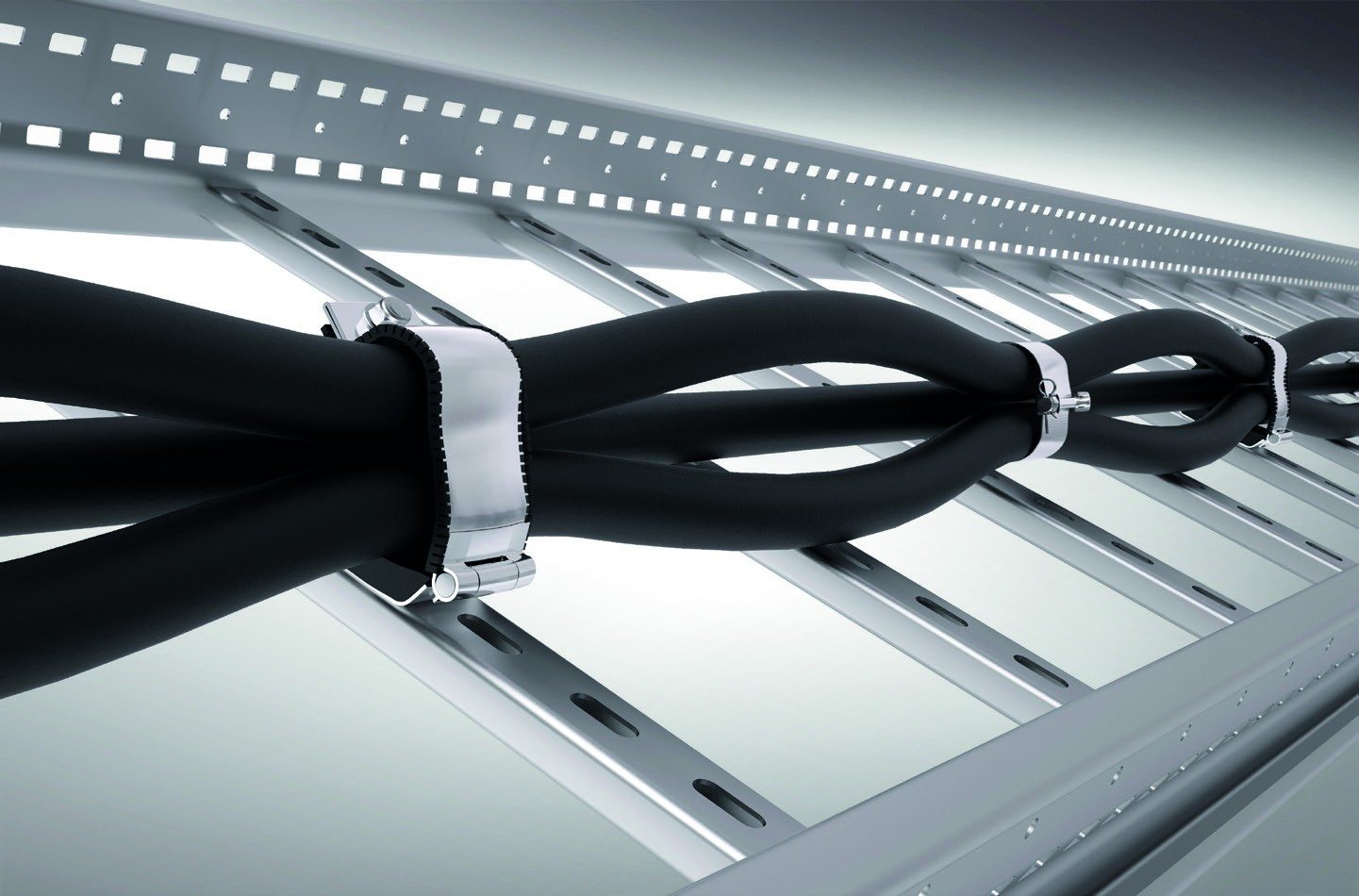- Home
- Cable Cleats for Electrical Installations
- Technical
- Why use a Cable Cleat?
- Certificate Downloads
- Cable Cleat Accessories
- Cable Cleat Nut Spacer
- Cable Cleat Selection
- Cable Formations
- Recommended Cleat Spacings
- Catalogue Downloads
- Cleat Fixing Packs
- Fire Performance
- Galvanic Corrosion
- Good Installation Practices
- How To Order
- Intermediate Restraints
- Materials
- Product Downloads
- Product Overview
- Resistance Classifications
- Twin arc profiles
- What is a Cable Cleat?
- What is a Short Circuit?
- Why use a Cable Cleat?
Need more help? Contact our team on +44 191 265 7411
Why use a Cable Cleat?
CMP cable cleats are designed to ensure the retention and support of cables and conductors, reducing the load that the cable may be exposed to under its own weight.
By ensuring the cables are fixed, retained and supported correctly this protects all of the cable terminations by reducing the mechanical load exerted on them. CMP cable cleats are designed and tested so that in the event of short circuit fault conditions, they will contain the cables without causing damage; enabling the circuit to be restored once the fault has been rectified.

The latest standard IEC61914 specifies requirements and tests for cable cleats and intermediate restraints, used for securing cable in electrical installations. CMP cable cleats provide the necessary levels of resistance to electromechanical forces, where declared, and in addition achieve the following safety measures:
- Support cables and conductors.
- Reduce the mechanical load the cable may be exposed to under its own weight.
- Reduce the mechanical load the cable termination may be exposed to.

Cable cleats are for those whose core values include operating responsibly, safeguarding people, protecting the environment, and delivering on their zero harm HSE policies.
BS7671:2008 IET Wiring Regulations Seventeenth Edition:
‘522.8.3 – The radius of every bend in a wiring system shall be such that conductors or cables do not suffer damage and terminations are not stressed.’
‘522.8.4 – Where the conductors or cables are not supported continuously due to the method of installation, they shall be supported by suitable means at appropriate intervals in such a manner that the conductors or cables do not suffer damage by their own weight.’
‘522.8.5 – Every cable or conductor shall be supported in such a way that it is not exposed to undue mechanical strain and so that there is no appreciable mechanical strain on the terminations of the conductors, account being taken of mechanical strain imposed by the supported weight of the cable or conductor itself.’
- Reduce the mechanical load a cable may be exposed to due to electrical fault conditions.
Can I Use a Circuit Breaker Instead of Cable Cleats?
Although circuit breakers are capable of instantaneous protection, damage to the cables under fault conditions occurs within the first quarter cycle of the fault. Within this period of time the circuit breaker cannot open to suspend the fault, resulting in cable management system damage. A typical circuit breaker interrupts the fault after three cycles. Whilst this may protect the equipment, the cables however may have already been damaged within this short duration and depending on the size of the short circuit,
need replacing.
The replacement of any cables comes at a high price as this includes the expensive cable costs themselves, the labour time of decommissioning, the reinstallation of the cable management system and the cost of operational downtime.
The latest standard for cable cleats IEC 61914 lays down the standardised method for testing and certification of cable cleats to prove they can withstand one or more short circuit tests: 6.4.4 resistant to electromechanical forces, withstanding one short circuit, 6.4.5 resistant
to electromechanical forces, withstanding more than one short circuit.